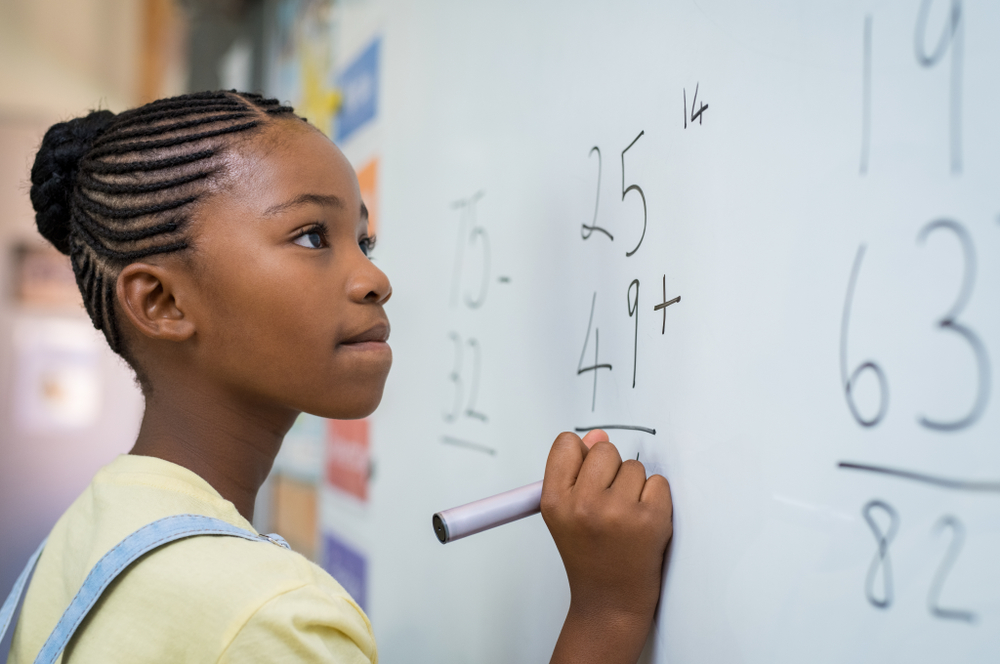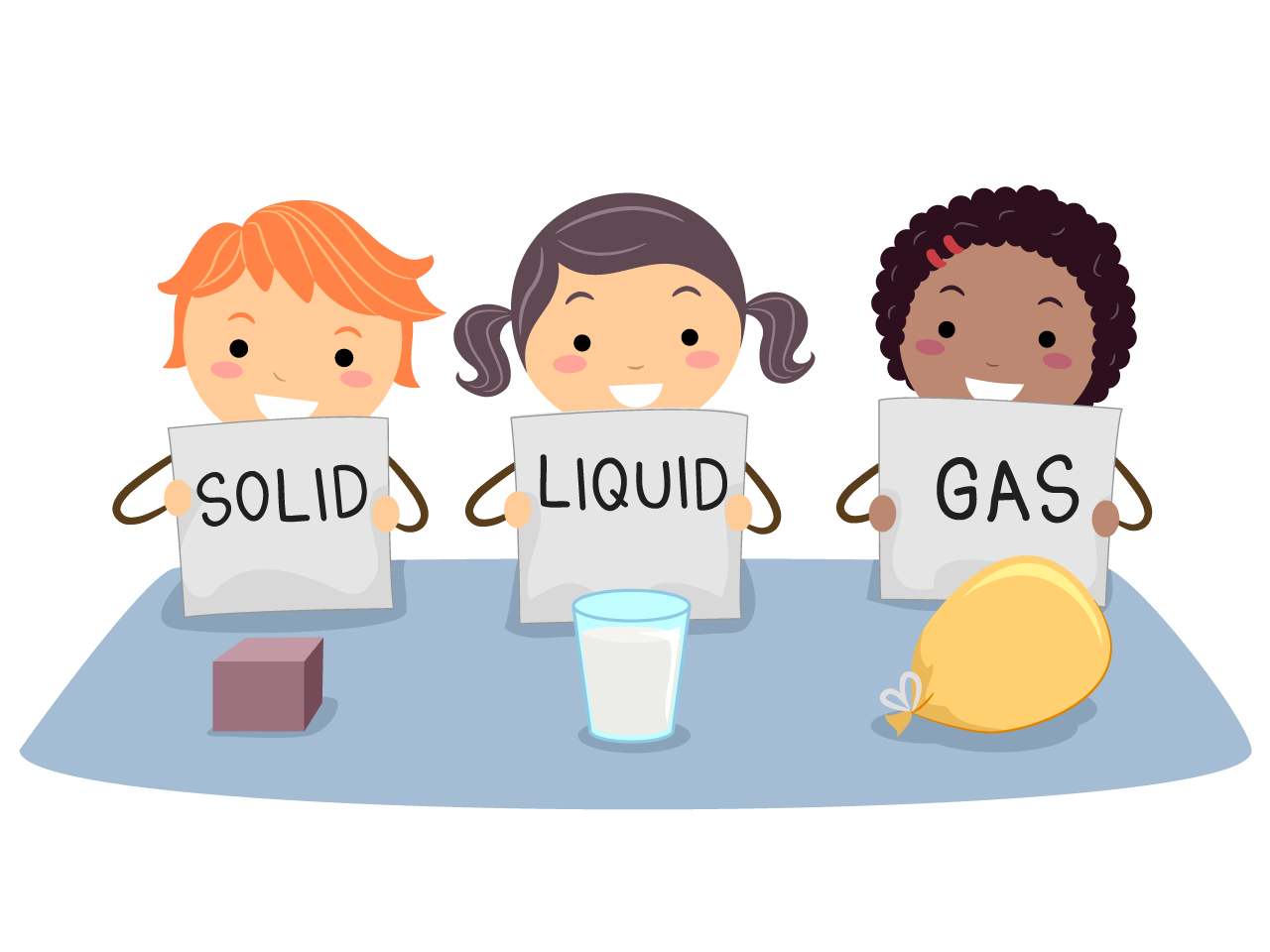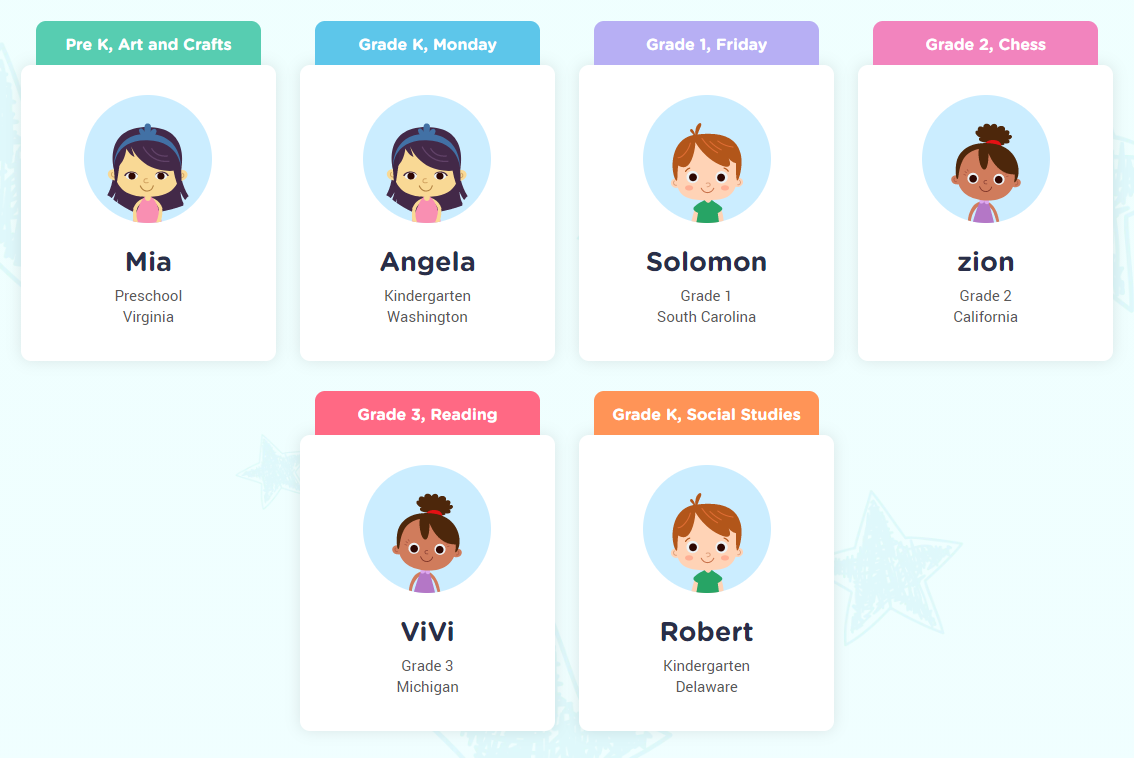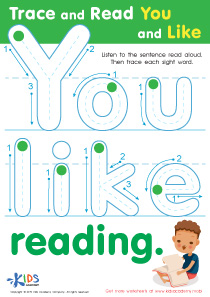Letter Tracing Normal Grade 1 Worksheets
5 filtered results
-
From - To
Discover our engaging "Letter Tracing Normal Grade 1 Worksheets" designed to support young learners in mastering their writing skills. These carefully crafted worksheets from Kids Academy help first graders practice proper letter formation through fun and interactive tracing activities. Each worksheet focuses on tracing uppercase and lowercase letters, ensuring kids develop strong handwriting foundations while enhancing their motor skills. Ideal for both classroom use and at-home practice, our printable worksheets foster confidence and pave the way for academic success. Visit Kids Academy to download our extensive collection and give your child the tools they need to excel in writing.
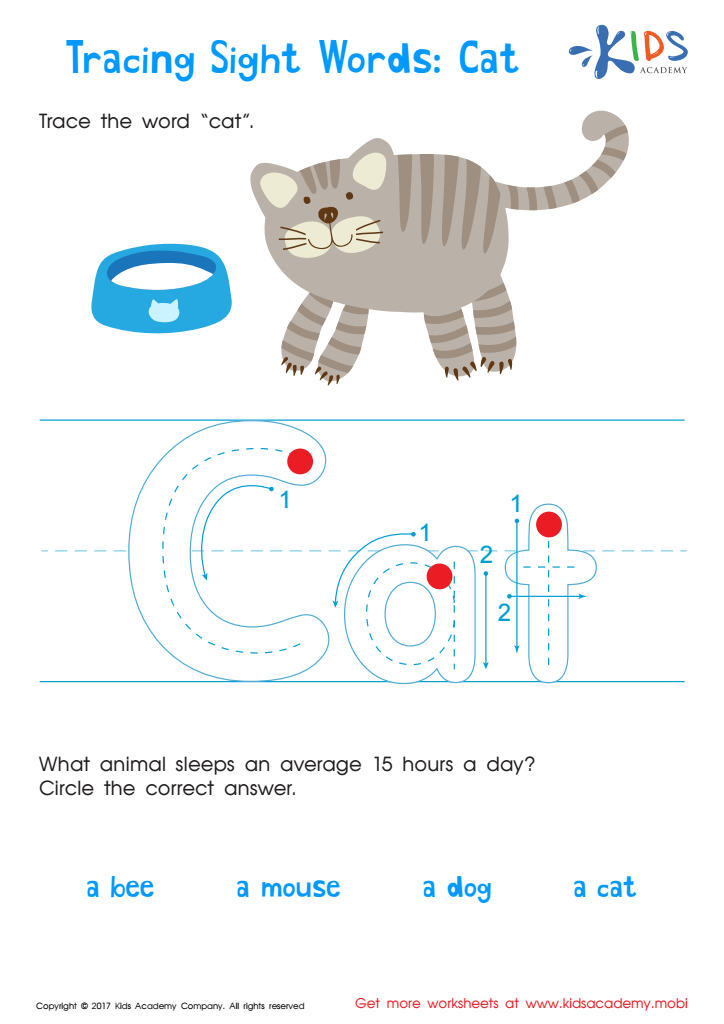

Cat Printable Sight Words Worksheet
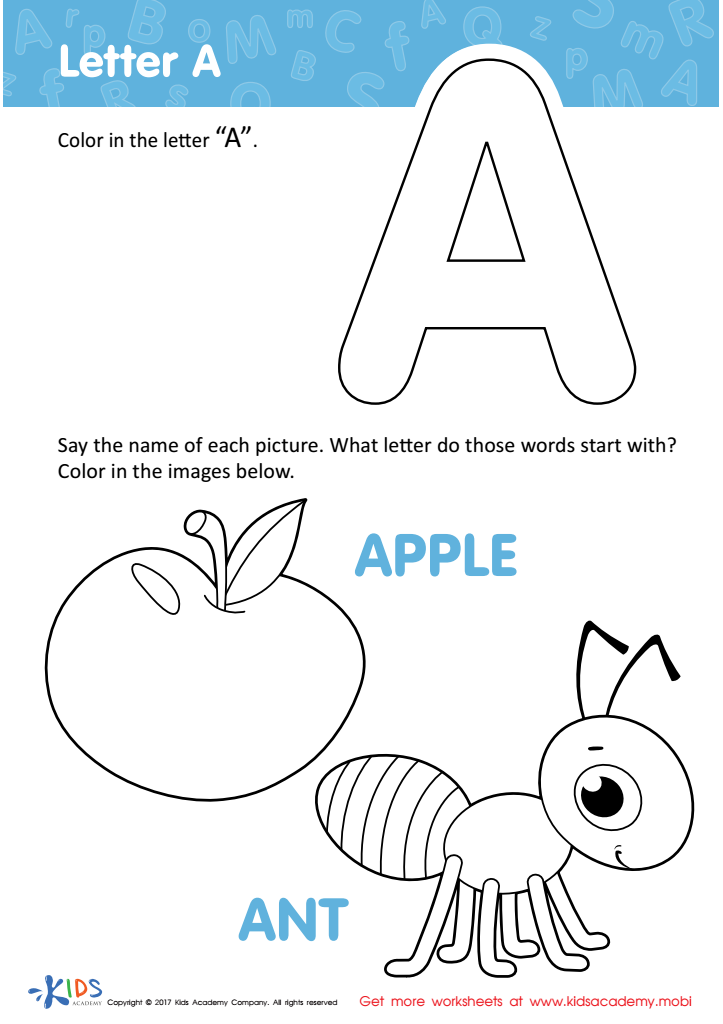

Letter A Coloring Sheet


Letter D Coloring Sheet
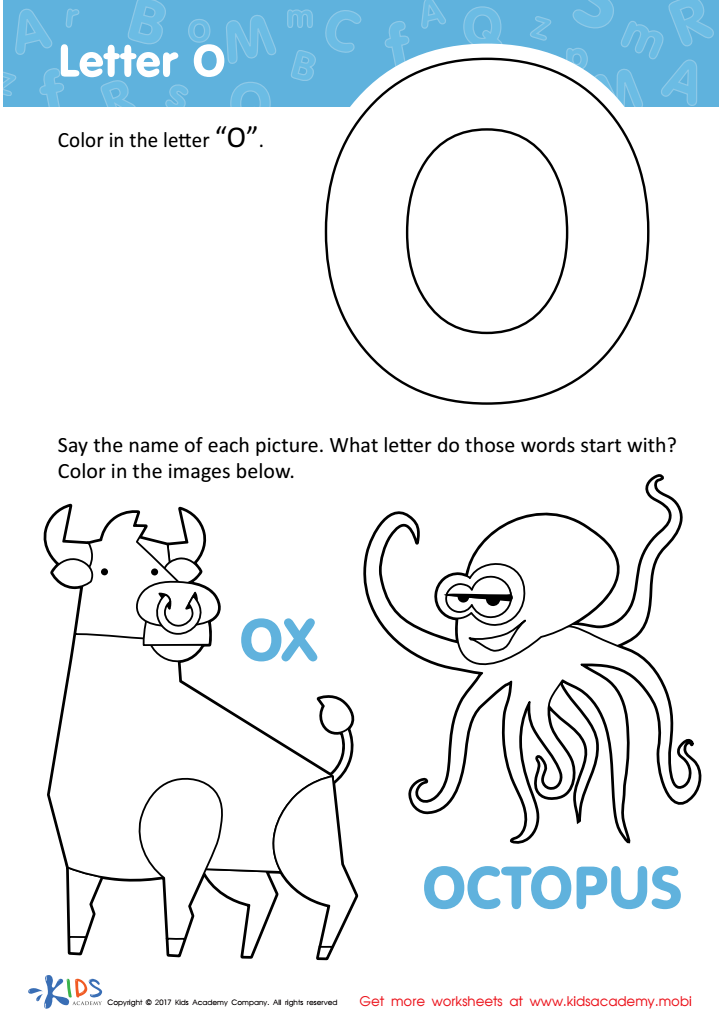

Letter O Coloring Sheet


Letter H Coloring Sheet
Letter tracing is a foundational activity in early education, crucial for developing a child’s writing and fine motor skills. It may seem basic, but parents and teachers should place significant importance on letter tracing in grade 1 for several reasons. First, it helps children develop the motor control and dexterity necessary for writing legibly. The repetition of tracing builds muscle memory, which is crucial for future writing tasks.
Moreover, letter tracing isn’t just about writing; it also strengthens a child's understanding of the alphabet, which is essential for both reading and writing proficiency. By starting with these basics, children become familiar with letter shapes, formation, and the spatial arrangements of text. This familiarity lends itself to easier and more confident reading and writing experiences later on.
Additionally, this practice can bolster a child’s confidence. Success in letter tracing activities builds a solid foundation, setting the stage for more complex literacy skills in the future. Support and engagement from parents and teachers while children work on tracing can provide encouragement and further instill a love for learning and writing.
In summary, letter tracing in grade 1 is a critical exercise that supports cognitive development, classroom learning, and individual confidence, making it an indispensable part of elementary education.

 Assign to My Students
Assign to My Students




